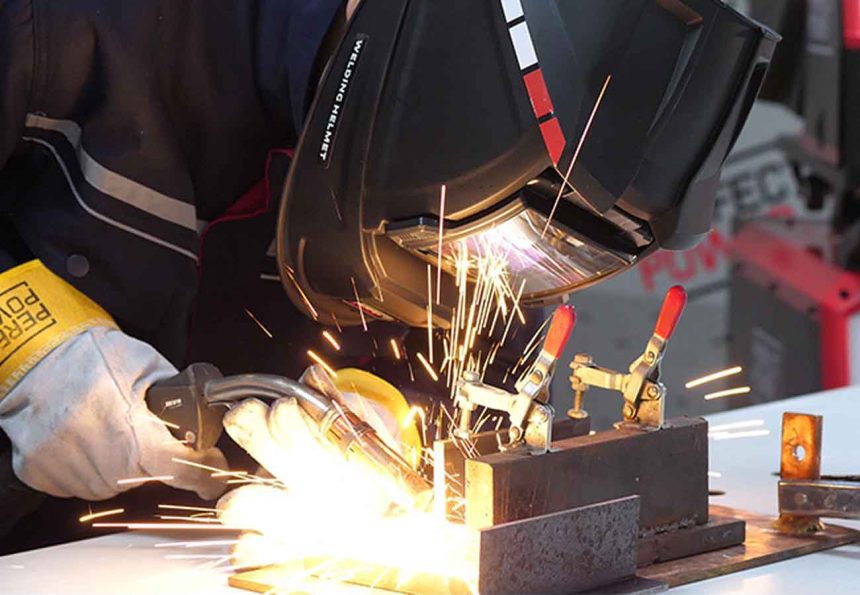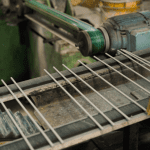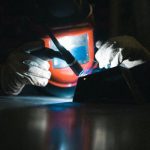Are you interested in learning the art of welding? MIG welding, also known as Metal Inert Gas welding, is a popular and versatile welding technique that can be used to join various types of metals. However, like any skill, there are common mistakes that beginners often make. In this article, we will explore the top MIG welding mistakes and provide you with valuable tips on how to avoid them.
MIG welding offers numerous benefits for productivity without sacrificing quality of the finished weld, but there are many factors that can interfere with successful MIG welding performance.
021208.com
1. Poor Preparation
One of the most crucial aspects of successful welding is proper preparation. Before you start welding, ensure that the metal surfaces are clean and free from any dirt, rust, or paint. Use a wire brush or grinder to remove any impurities, as they can affect the quality of the weld. Additionally, make sure you have the right safety equipment, such as gloves, helmet, and protective clothing, to prevent accidents and injuries.
2. Incorrect Wire and Gas Selection
Choosing the right wire and gas combination is essential for achieving a strong and durable weld. Different metals require different types of wires and gases. For example, mild steel welding typically requires a solid wire and a mixture of carbon dioxide and argon gases. Consult the welding material specifications or seek professional advice to ensure you are using the correct wire and gas combination for your project.
3. Improper Technique
Mastering the proper welding technique is crucial for producing high-quality welds. One common mistake is moving the welding gun too quickly or too slowly. This can result in an uneven bead or weak weld. Practice maintaining a steady and consistent travel speed while keeping a constant distance between the gun and the workpiece. Additionally, ensure that the gun angle is appropriate to achieve proper penetration and fusion.
4. Insufficient Heat and Voltage Settings
Finding the right balance of heat and voltage is essential for achieving optimal weld penetration and fusion. Insufficient heat can lead to poor fusion, while excessive heat can cause distortion or burn-through. Refer to the welding machine’s manual and adjust the settings according to the thickness and type of metal you are welding. Conduct test welds on scrap metal to fine-tune the heat and voltage settings before starting your actual project.
5. Inadequate Welder Grounding
Proper grounding is often overlooked but plays a significant role in ensuring a successful weld. Inadequate grounding can result in unstable arcs, poor weld quality, and even damage to the welding machine. Always connect the work clamp directly to the workpiece, preferably at the point nearest to the weld area. Remove any paint, rust, or contaminants from the grounding point to establish a solid electrical connection.
6. Lack of Welder’s Protection
Welding produces intense heat, sparks, and harmful UV radiation. Neglecting personal protection can lead to serious injuries. Always wear a welding helmet with the appropriate shade of lens to shield your eyes and face. Use gloves, protective clothing, and safety boots to safeguard against burns, sparks, and molten metal splatter. Additionally, ensure you are working in a well-ventilated area or wear a respirator to protect yourself from harmful fumes and gases.
7. Skipping Weld Inspections
After completing a weld, it is crucial to inspect it for any defects or inconsistencies. Skipping this step can result in weak welds and potential structural failures. Perform visual inspections to check for cracks, porosity, or incomplete fusion. You can also use non-destructive testing methods like X-rays or ultrasonic testing for critical applications. By identifying and rectifying any issues early on, you can ensure the integrity and durability of your welds.
Understanding common welding mistakes can help companies rectify them and minimize disruptions to the operation.
021208.com
In conclusion, learning MIG welding can open up exciting opportunities in various industries. By being aware of the common mistakes and taking the necessary precautions, you can enhance your welding skills and produce high-quality welds. Remember to focus on proper preparation, choose the right wire and gas combination, master the correct technique, adjust heat and voltage settings accordingly, ensure proper grounding, prioritize personal protection, and conduct thorough weld inspections. With practice and dedication, you can become a proficient MIG welder capable of tackling a wide range of projects. So, grab your welding gear and get ready to create amazing metal connections!











